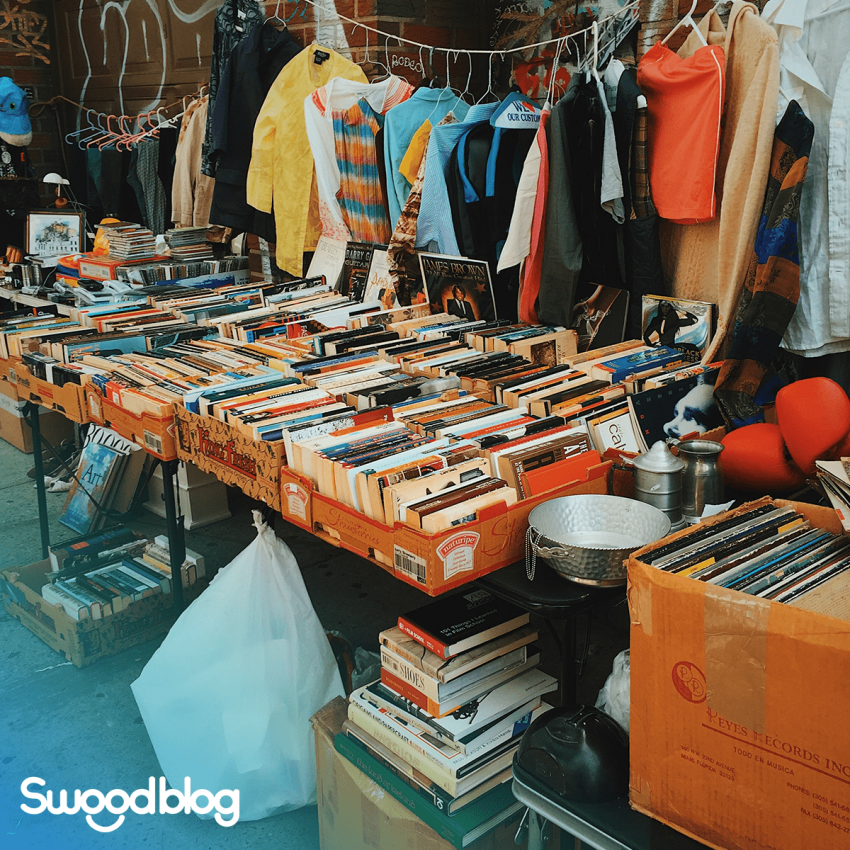By Mariana Vaz – Swood Team
Every year 2.5 billion tons of waste are produced in the European Union and in 2019, 265,000 tons of waste was produced in Brazil. These tons have been accumulating over the years and it is easy to lose track of what it really means to put something “out”. ‘Putting it out’ never (or very rarely) means making it disappear. In reality, much of the waste we produce will live many more years than we do, haunting the earth, destroying habitats and resources.
The production of waste and the consumption of disposable materials is strongly rooted in our society, which follows a linear economic model. The linear economy is based on the principle “produce, use, throw away”. This model requires vast amounts of cheap and easily accessible materials and a lot of energy in order to produce new products at the speed of human needs. The extreme of this economic model is planned obsolescence, against which the European Parliament is calling for action. Planned obsolescence consists of products that are designed for a limited and very short lifespan, so as to incite consumers to buy another new product at such a low price that it easily competes with repair or other alternatives that do not require so much new materials and energy.
In contrast, the concept of circular economy emerges. Inspired by the mechanisms of natural ecosystems, which manage resources over the long term in a continuous process of re-absorption and recycling, this economic model promotes the reorganisation of activities by coordinating production and consumption systems in closed circuits. The circular economy is a production and consumption model that involves sharing, renting, reusing, repairing, renewing and recycling existing materials and products as long as possible. Thus, although very much associated with the end-of-life of products and their recycling, this model also focuses on consuming only necessary and high-quality products, redesigning processes, products and new business models, and optimising the use of resources. It thus aims at developing new products and services that are economically viable and ecologically efficient and materialises in minimising resource extraction, maximising reuse, increasing efficiency and developing new business models. Ideally, when a product reaches the end of its life cycle, its materials are kept within the economic circuit wherever possible and can be used again and again, even for means other than the original ones.
Circular economy production benefits customers and conscious consumption, since, although they are likely to be more expensive, the products last ‘a lifetime’. In the long term, it contributes to improvements in consumers’ quality of life and allows them to save money. Moving to a circular economy can also bring benefits such as reduced pressure on the environment, greater security of raw material supply, increased competitiveness and fostering innovation.
The circular economy is more than just a trend: it is about going back to the consumption patterns of our grandparents, giving value to our possessions and treating them as part of our life, rather than something we will only use for a very limited period of time and only for its original function. Ultimately, it is about assigning meaning to each of our consumption and realising that everything we use and consume, is, just like us, part of this crowded planet that deserves to be cared for.
